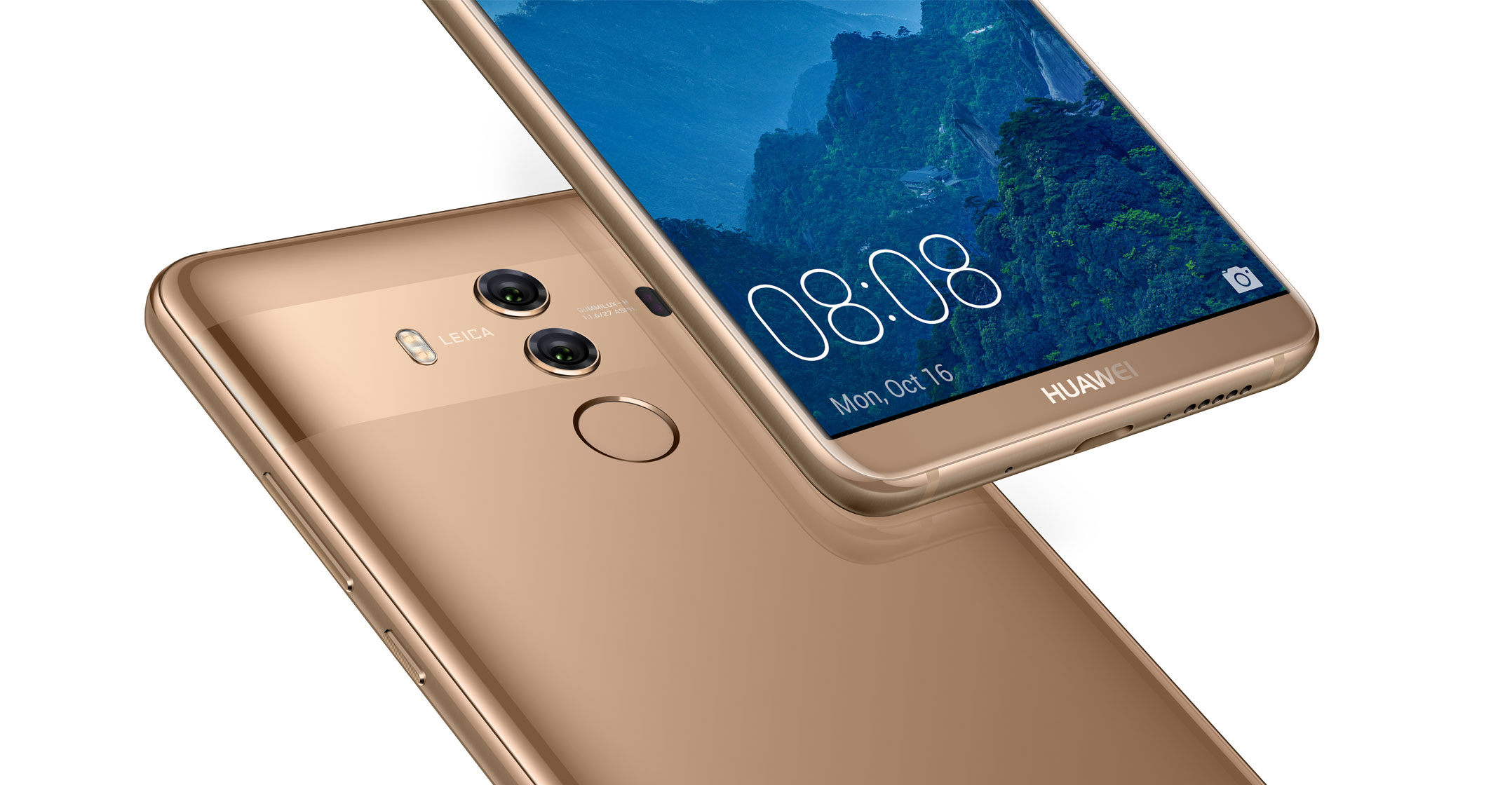
Chinese phone maker Huawei has a new flagship “phablet” line-up. The new Mate 10 and Mate 10 Pro, which mimic the trend to bezel-less devices introduced with the Samsung Galaxy S8 and S8+ earlier this year, are powered by an artificial intelligence chip that Huawei hopes will make them stand out from the competition.
The main difference between the phones is their screen size and shape. The Mate 10 has a boxier, more traditional design in a 16:9 aspect ratio, while the Pro version has a “skinnier” design, with an 18:9 ratio more akin to Samsung’s flagships.
The Mate 10 and 10 Pro both have large batteries — 4 000mAh — which paired with their screen resolutions of 2 560×1 440 and 2 160×1 080 — should mean they last all day easily without needing recharging. The screen sizes are 5.9 inches and six inches respectively.
Both phones have a Huawei-built Kirin 970 processor, 4GB of RAM and 64GB of flash storage, and both support fast-charging technology. The Pro version has a skew with 6GB of RAM and 128GB of storage, though it’s not clear if that model will be available in South Africa. A special Porsche Design version has 6GB of RAM and a mammoth 256GB of storage, which will be available here, along with the Pro version. The phones, which will be launched in South Africa on 6 November, have 20-megapixel dual rear-cameras made in conjunction with camera company Leica.
The Kirin 970 chipset is the first from Huawei to sport AI capabilities with an AI-specific “neural network processing unit”.
“Kirin 970 is an open mobile AI computing platform for third parties to create new and imaginative AI applications and which extends Huawei’s processing capabilities to the entire value chain,” the company said in a statement.
The phones run Android 8.0 and Huawei’s new EMUI 8.0 user interface. — (c) 2017 NewsCentral Media




